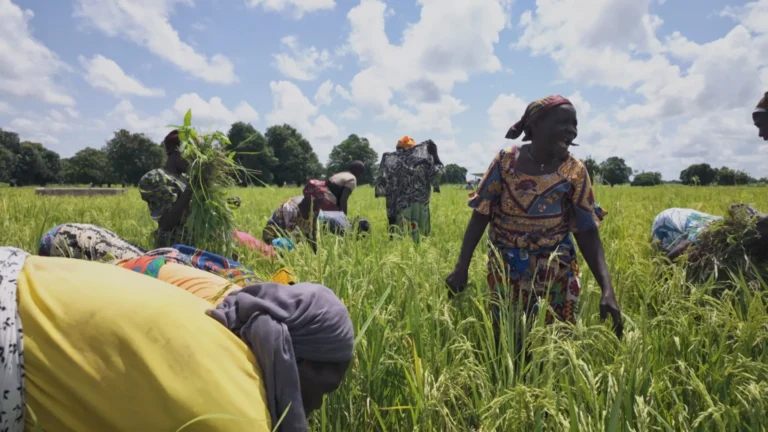Kenya hosts major regional oil spill simulation to bolster western Indian ocean readiness

Kenya has launched a high-level regional maritime oil spill response drill, bringing together key stakeholders from across the Western Indian Ocean to test and strengthen collective readiness in the event of a major environmental disaster.
The five-day field exercise, known as MASEPOLREX25, began on July 7 at the Bandari Maritime Academy in Mombasa and will run through July 11.
Spearheaded by the Kenya Maritime Authority (KMA) in partnership with the Kenya Navy and Kenya Ports Authority (KPA), the initiative is designed to assess national and regional capabilities in responding to large-scale maritime oil spills.
KMA Director for Maritime Safety and Exercise Coordinator, Julius Koech, described the simulated scenario as a catastrophic collision between two oil tankers near the Kenya-Tanzania maritime boundary, unleashing a major spill of heavy fuel oil drifting toward the Kenyan coastline.
“We are testing the management of a large-scale maritime crisis by activating the National Oil Spill Contingency Plan.
This involves a multi-sectoral, multi-agency incident management team comprising both state and non-state actors,” Koech said during the exercise’s opening ceremony.
The drill involves real-time deployment of offshore containment systems and a mock shoreline cleanup operation at Nyali Beach.
Participating vessels include KPA’s Mwokozi, Tangulizi, and Duma, alongside the Kenya Navy’s Shupavu.
Raj Mohabeer, representative of the Indian Ocean Commission (IOC), lauded Kenya’s advanced preparedness and encouraged peer nations to learn from its systems.
“Kenya has a well-structured national oil spill contingency plan, organised response systems, and appropriate equipment.
One of the objectives of this exercise is to facilitate experience sharing so that other countries can replicate Kenya’s model,” he stated.
Mohabeer also stressed the importance of regional coordination under the Nairobi Convention framework, citing the 2020 Mauritius oil spill as a stark reminder of how pollution crosses borders.
A regional contingency plan is expected to be finalised by August 2026.
Brigadier Mohamed Shemote, Kenya Navy Fleet Commander, echoed the urgency of cooperation.
“Oil spills are transboundary by nature.
A spill from Mombasa could affect Somalia or Tanzania. These joint operations help us identify and address gaps in our systems,” he said.
KPA Managing Director William Ruto described the drill as a timely and critical opportunity to validate Kenya’s preparedness.
“The field exercise will involve live simulations, deployment of pollution control equipment and coordination between agencies at sea and onshore,” he said. “
This ensures that we are thoroughly prepared with a well-coordinated, effective and swift response whenever emergencies occur at sea.”
As marine transport and offshore activities intensify across the region, the MASEPOLREX25 exercise underscores Kenya’s leadership in safeguarding marine ecosystems through proactive, collaborative response mechanisms.



